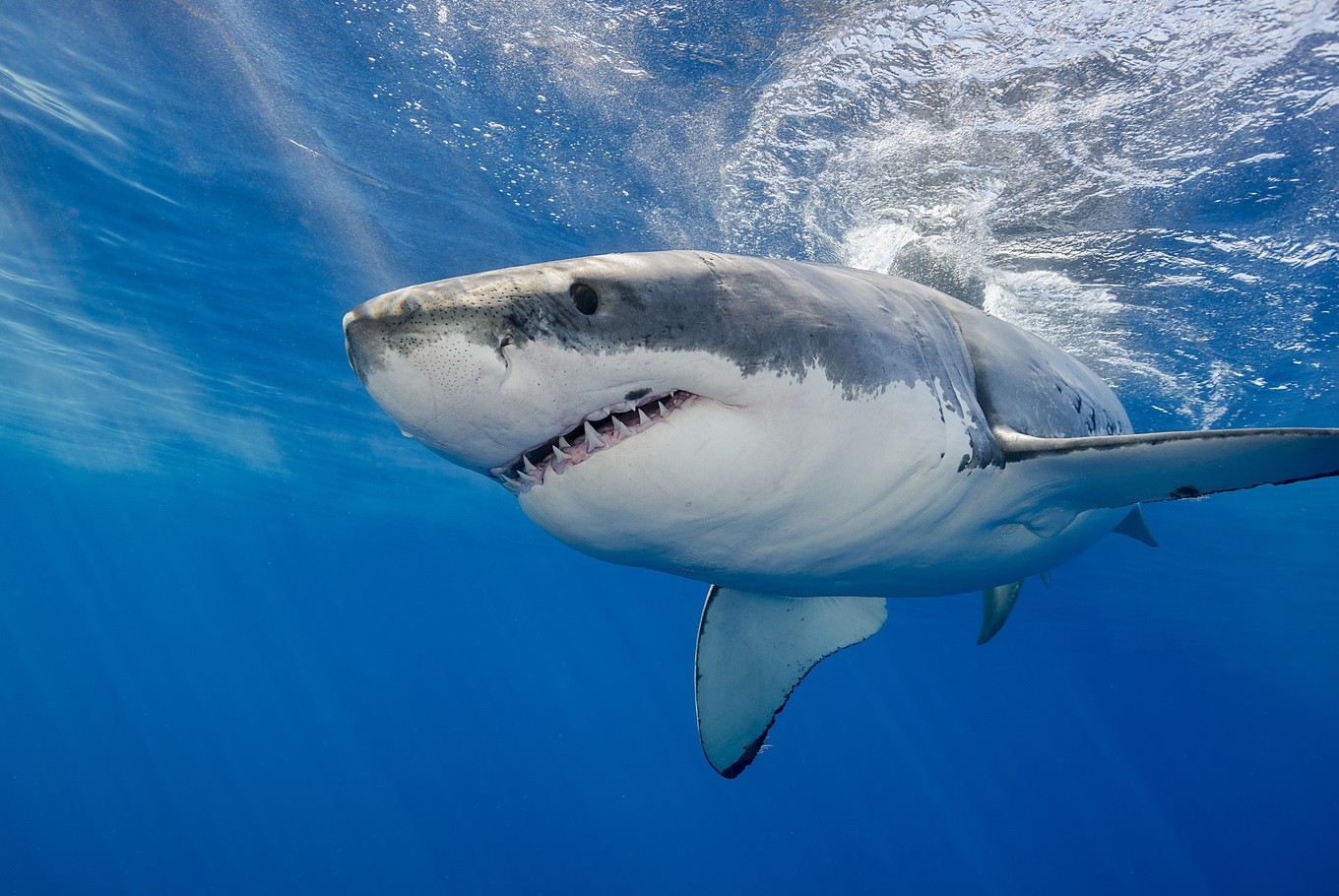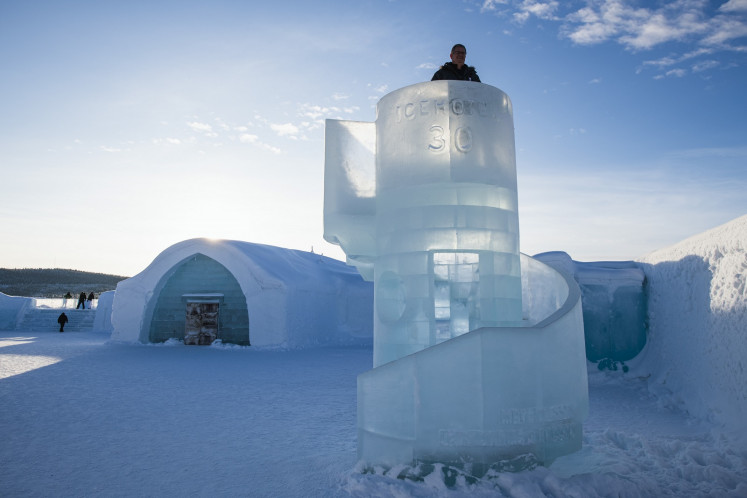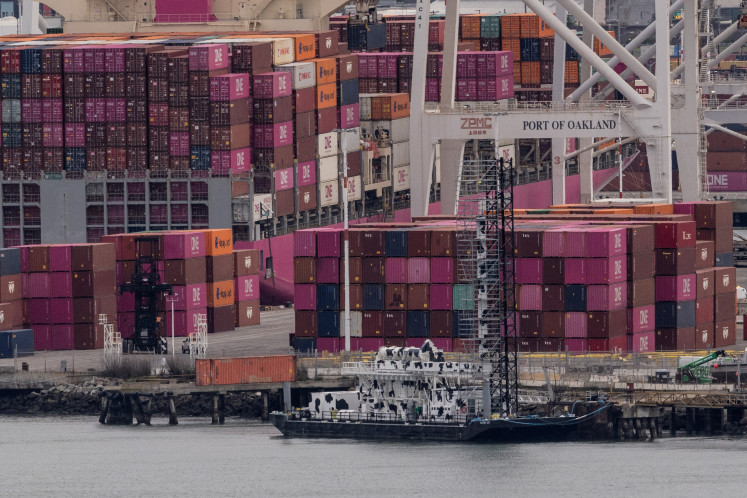This is why you won't find great white sharks in aquariums
Consistently missing from aquariums worldwide, many may wonder why the facilities that showcase larger creatures such as whale sharks and orcas do not contain the famous great white.
Change text size
Gift Premium Articles
to Anyone
 Great white shark (Shutterstock/wildestanimal)
Great white shark (Shutterstock/wildestanimal)
Why is the ocean’s most notorious predator absent from even the most advanced aquariums?
Consistently missing from aquariums worldwide, many may wonder why the facilities that showcase larger creatures such as whale sharks and orcas do not contain the famous great white. While avid fans of marine biology may know the answer, it is certainly not obvious to average aquarium visitors.
Rather than the sense of danger afforded to the great white due to its cultural reputation as a man-eater, the truth is that aquariums do not display great whites for their safety, not ours, according to Reader's Digest.
Throughout the years, many aquariums have actually attempted to showcase a captive great white alongside the other sharks that you may find on display, but it never ends well for the great white shark.
Attempts at captivity and display surged in the 1970s when great white sharks were advertised at Sea World and other major aquariums around the world. But unfortunately, the sharks did not survive long. In their tanks, the great white sharks would not eat and needed help swimming. Within days or weeks, they were dead.
The longest a great white has been kept in captivity is 198 days, at the Monterey Bay Aquarium, but it wasn’t easy. The tank was specially designed for open ocean animals, holding 3.78 million liters of water with a depth of 10.6 meters. The young shark in question was only 1.2 m long, while adult great white sharks typically measure about 4.57 m.
In addition to the shark’s demanding tank size and dietary needs, the Monterey Bay Aquarium had to transition the shark from its natural habitat to the egg-shaped tank by containing it in a 15-million-liter open ocean pen. This allowed them to monitor the year-old shark’s health and feeding behavior before transporting the shark from southern California where it was caught to the Monterey Bay facilities.
The only reason the young shark could be kept in captivity for that long was because its small size allowed for a relatively smaller tank (still 3.78 million liters) and the age of the shark meant that it was still consuming a diet of mainly fish, rather than the demanding – and nearly unprocurable – diet (seals, sea turtles and small whales) of a more mature great white.
Read also: Divers spot giant white shark off Hawaii coast
After six months on display, the aquarium released the shark back into the wild after it attacked and killed two non-great white sharks that were in captivity with it. Over the following years, the aquarium displayed several other infant great whites, but none of them reached the full 198 days of this specimen.
Sharks, like most fish, breathe by filtering oxygen out of the water that passes through their gills. While some fish are able to pump the water in and out of their gills using their mouths, sharks like the great white need to be constantly in motion for water to enter their gills. This means that when the sharks stop moving or slow down, they start to weaken and struggle to breathe.
Therefore, the main reason why great whites are unable to be contained is that they are nomadic and are adapted to traveling incredibly long distances quickly. Because of this, they struggle in the relatively small tanks of all aquariums, even developing injuries from captivity, gained from repeatedly swimming into the walls of the enclosure. Because of their size and unique biology when compared to other fish, nothing seems to be able to replace the open ocean for great whites.
After the Monterey Bay Aquarium released its sixth great white after only 55 days in 2011, it ended its great white exhibition program.
“It’s a very, very, very resource intensive program, and we felt like we had accomplished our goal of introducing the general public to a live white shark,” said John Hoech, director of husbandry operations at Monterey Bay Aquarium in an interview about the program’s discontinuation.
This extended experiment by Monterey Bay has largely put an end to captivity attempts of great white sharks, but in 2016, an aquarium in Japan displayed a 3.35-m shark that had been caught in a fisherman’s net. The shark survived only three days before dying, and the aquarium released an official statement ending its great white exhibition program as well. (nic/kes)
Your Opinion Matters
Share your experiences, suggestions, and any issues you've encountered on The Jakarta Post. We're here to listen.
Thank you
Thank you for sharing your thoughts. We appreciate your feedback.









